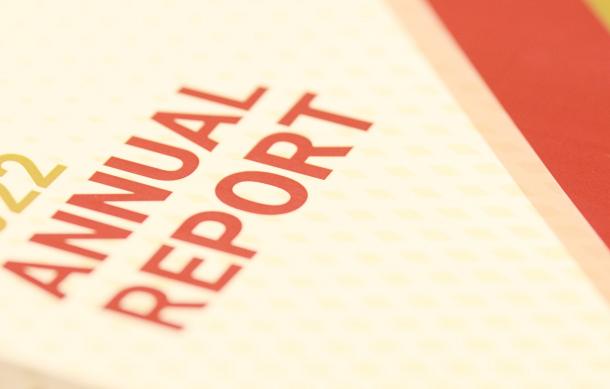
Namibia has recorded an increase in inflation during 2022 compared to 2021, posing great pressure on the cost of living.
This was revealed in the Bank of Namibia 2022 Annual Report, launched in the capital on Wednesday.
Overall inflation rose significantly from 3,6% in 2021, to 6,1% in 2022.
The high inflation was mainly driven by transport inflation due to high international oil prices, aggravated by exchange rate depreciation.
"On the fiscal front, the budget deficit narrowed during 2022/223, while debt continued to rise over the same period. The narrowing of the deficit to an estimated 5.2% of GDP is ascribed to an increase in revenue collection. This resulted from increases in income tax on individuals, and diamond mining and non-mining companies, coupled with dividends declared by public enterprises."
Namibia's current account deficit widened in 2022 compared to 2021, but financial account inflows were adequate to cover the deficit and enable the stock of international reserves to rise during the period under review.
The current account deficit as a percentage of GDP widened to 12,3% in 2022 from 9,9% in 2021, mainly due to a significant increase in the merchandise trade deficit.
"Favourably, the financial account inflows were sufficient to counter the current account deficit, and further allowed for the rise in the stock of international reserves on an annual basis by 8.4% to settle at N$47.6 billion at the end of December 2022. The foreign reserves translated into import cover of 5.7 months, higher than the 5.6 months reported a year earlier. "
The growth performance of the domestic economy is expected to weaken during 2023 and 2024, in line with lower global demand and reduced consumer spending power.
Real GDP growth is estimated to slow down to three percent and 2,9% in 2023 and 2024, respectively, from 4,6% in 2022.





